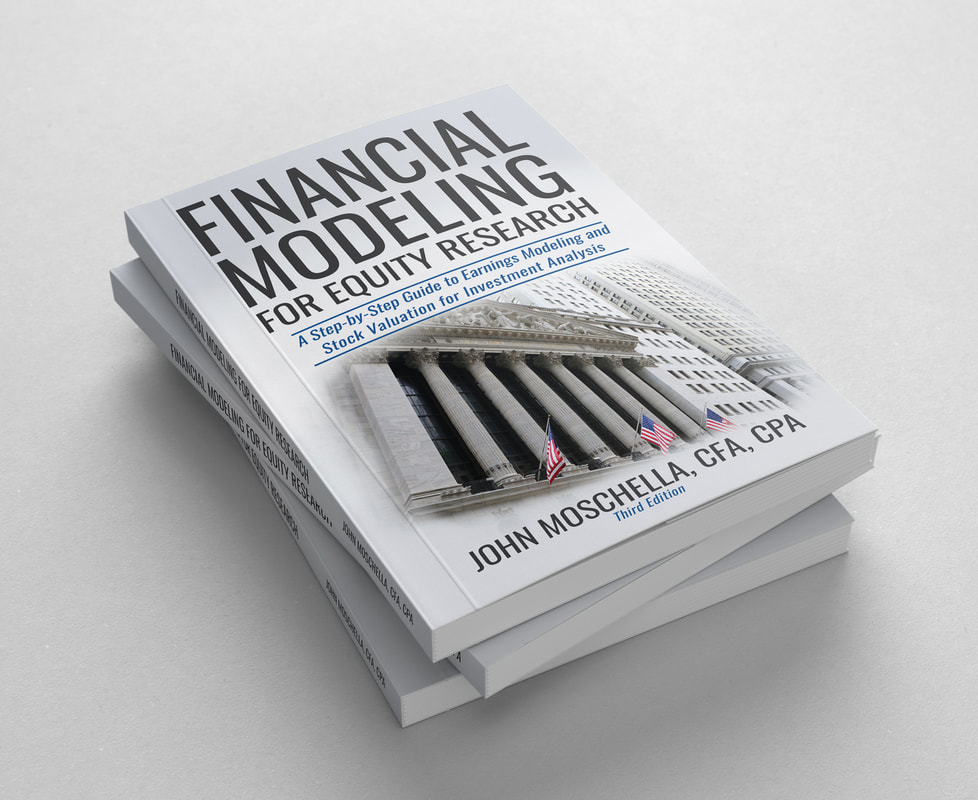Equity Risk Premium Model
|
Update: November 5, 2019
Updated by: John Moschella Model Summary: This model uses the Fed Funds rate, 10-year U.S. Treasury rate, implied volatility, equity market returns, and the Constant Sharpe Approach, to estimate the Equity Risk Premium (ERP). The ERP and the Capital Asset Pricing Model (CAPM) are used together to calculate the required return on equity for our DCF-based share valuation models. Summary of Forecast Approach and Latest Data Changes in the ERP Model: Each quarter the new interest rate, market return, and volatility results must be input into the Equity Risk Premium model. In addition, new estimates must be entered for each metric. This section clarifies the approach used to form the future expectations in the “base-case” version of the ERP model.
|
Planned ERP Model updates:
About Gutenberg ResearchWe are an interactive earnings modeling community, driving the evolution of equity research. Our mission is to make dynamic earnings models, available to everyone. We are currently building an inventory of models covering companies...continue reading
Modeling Training ProgramOur Certificate in Financial Modeling Program provides an easy to follow, step-by-step approach to financial modeling training. In this program we build a financial model from the ground up..continue reading
Modeling Textbook |

